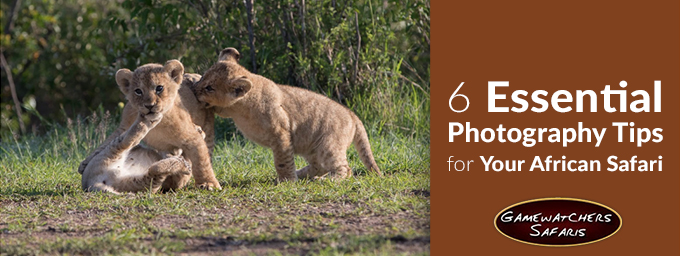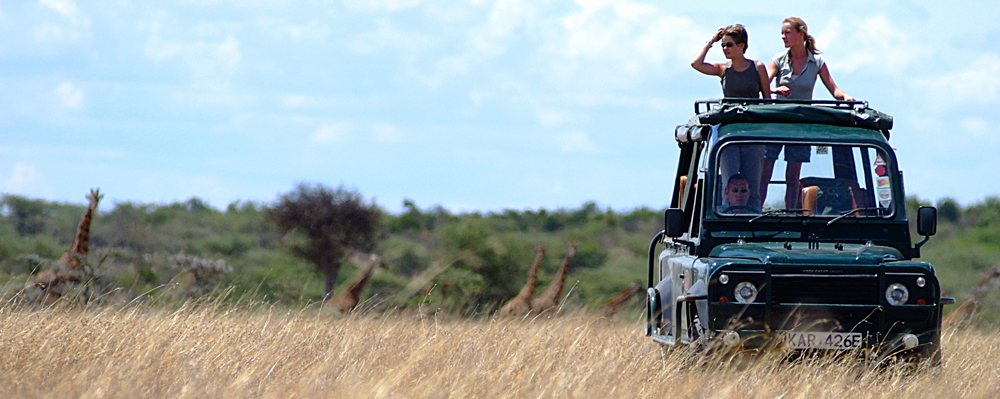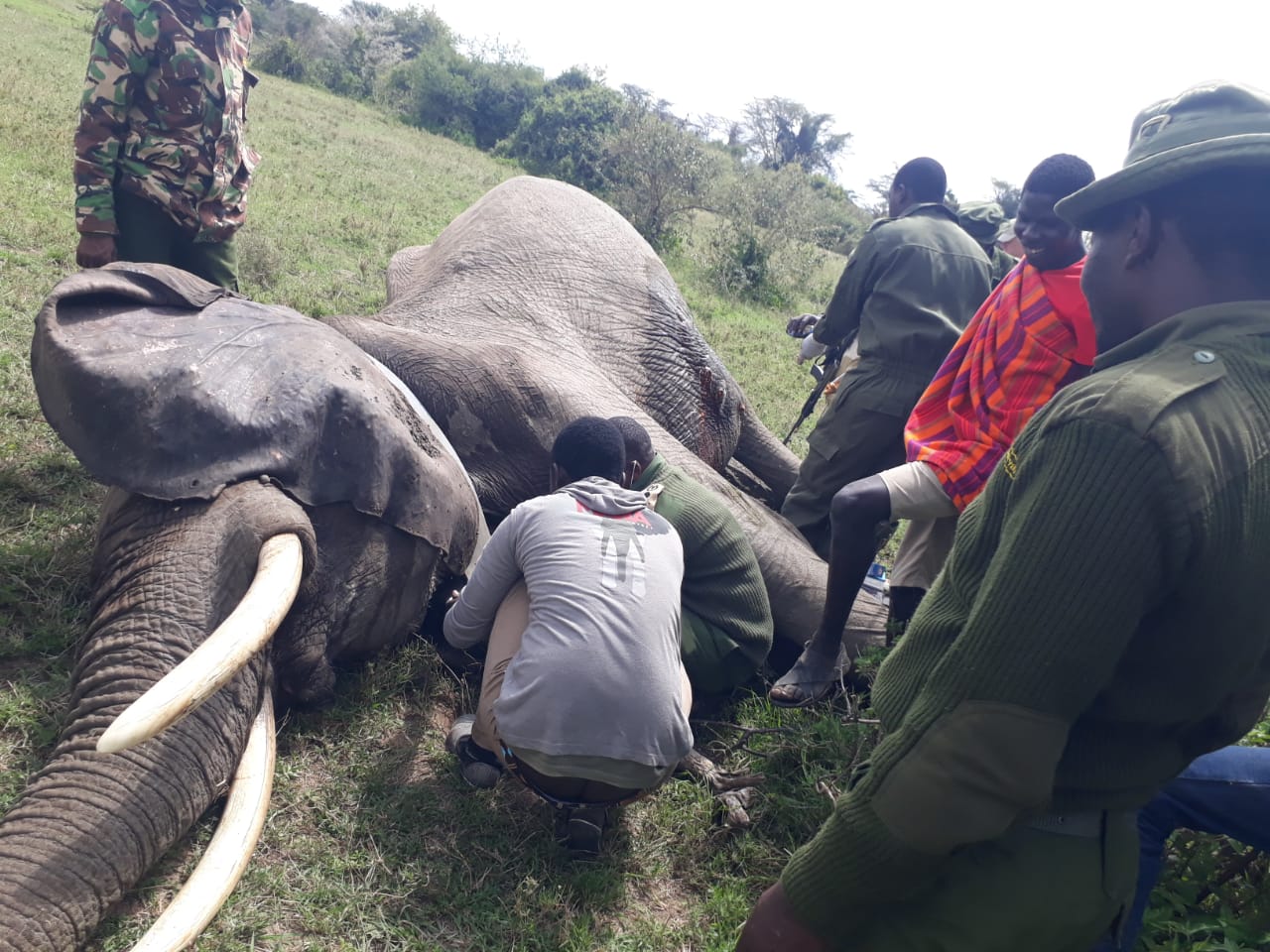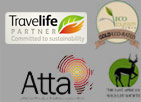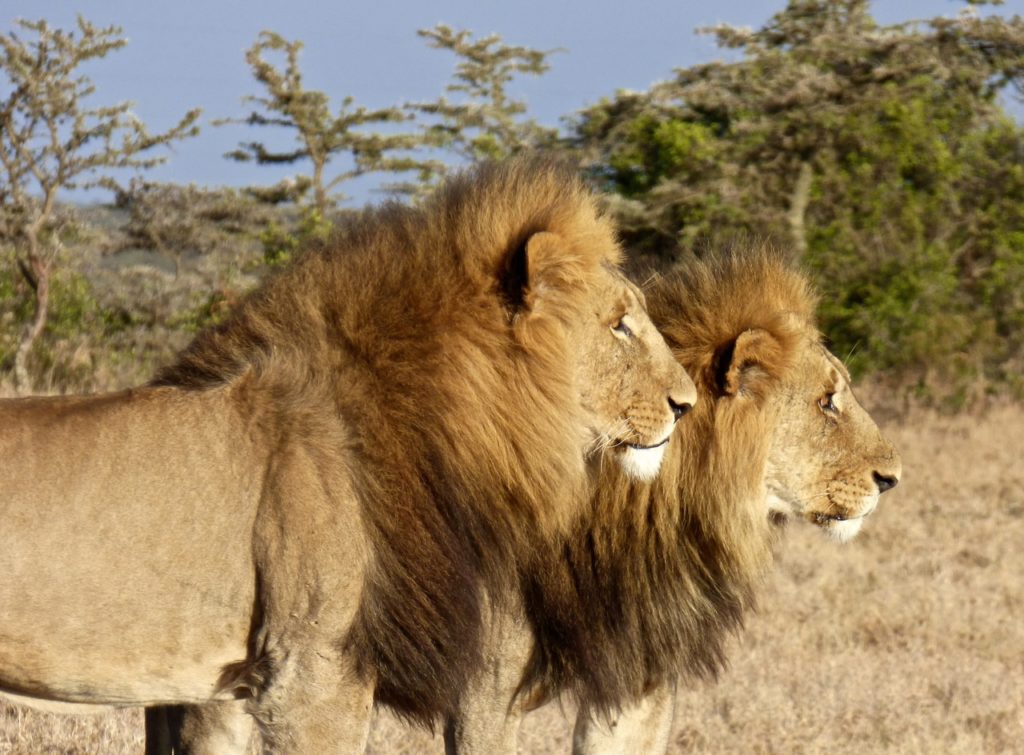
Below is an open letter from the founder of Gamewatchers Safaris & Porini Camps, Jake Grieves-Cook, to anyone who is interested in coming to East Africa on a wildlife photographic safari and who wishes to know that by doing so part of the costs of their safari will go towards helping to pay for conservation of wildlife habitat and endangered species while also generating benefits for local communities.
To anyone considering coming to East Africa on a wildlife photographic safari:
I am writing to let you know how the income from tourism, by visitors such as yourself staying at our small safari camps, helps us to pay for the costs of conserving the teeming wild animals which you will see in the exclusive setting of wildlife Conservancies away from the main tourist trails, as well as supporting the local communities who are setting aside their land to be a home for wildlife.
For more than twenty years now, our mission at Gamewatchers Safaris & Porini Camps has been to work in partnership with the local communities who own land adjacent to the official parks and reserves in order to expand the area of protected habitat for wildlife by leasing land to form wildlife conservancies. We use the income from small-scale responsible tourism as a way of paying for the leases and to provide livelihoods for the communities who own the land. We have been paying for the leasing of large tracts of land from the communities to set this acreage aside as wildlife conservancies so as to create more areas of protected wildlife habitat beyond the parks, where the wild animals can continue to live in their natural environment and to increase in number.


Wildlife Conservancies in Kenya provide a protected natural habitat for many of Africa’s important species, including rhinos, elephants and all the big cats. Scientific research into animal movements and behavior shows that wildlife feels safe within the boundaries of the Conservancies.
As a result of recent international media coverage, people all over the world are now starting to realise that the populations of wild animals in many countries are declining catastrophically and that for most species the numbers have halved in a relatively short period. This is almost entirely because of habitat loss caused by the massive human population increases all over the world, and especially in Africa, in the last two decades. Many of the forests, plains and wilderness areas where animals once lived in abundance have now been lost as wildlife habitats owing to destructive logging, intensive farming and “agri-business”, human settlement and urbanisation. And without a safe habitat where they are protected, wild animals also fall victim to over-exploitation by humans and wanton killing or poaching.
There is at last a growing awareness that wild animals need a safe place to live and that more space needs to be set aside for them in the form of additional protected habitat on land beyond the existing national parks if they are to survive and avoid extinction. In many parts of the world, conservation organisations, private sector and government agencies are working together to increase the areas of protected habitat. The Royal Society for the Protection of Birds (RSPB) in the UK has the stated aim of helping to secure a total of 20% of the land surface area of Britain as protected nature reserves. In the USA, the eminent ecologist Professor E. O. Wilson argued that 50% of planet earth should be set aside for nature and for wildlife species. Authors like George Monbiot have called for “re-wilding” to return landscapes to nature and wildlife. And in addition to providing land for wildlife there is a growing realisation that the marine environment also needs to be protected.
With this recognition that there needs to be more space for nature, the stark fact is that in Kenya, less than 8% of the land surface area is in the state-controlled National Parks & National Reserves. This is a very small percentage and just not enough to provide a home for all the wild animals which previously were commonly found outside the parks but which are now losing their former rangelands and being displaced as a result of the accelerating growth in human population and domestic livestock.
At the time of Independence in 1963 the human population in Kenya was under 10 million. It has been growing very rapidly since then and will soon exceed 50 million so the space formerly available for wildlife is disappearing rapidly as the lands have to accommodate more people and become densely settled, fragmented and sub-divided with fences going up everywhere. This means that wildlife species in Kenya are now excluded from areas which once were teeming with giraffes, antelopes, zebras and other wild creatures and where the human population formerly was sparse.
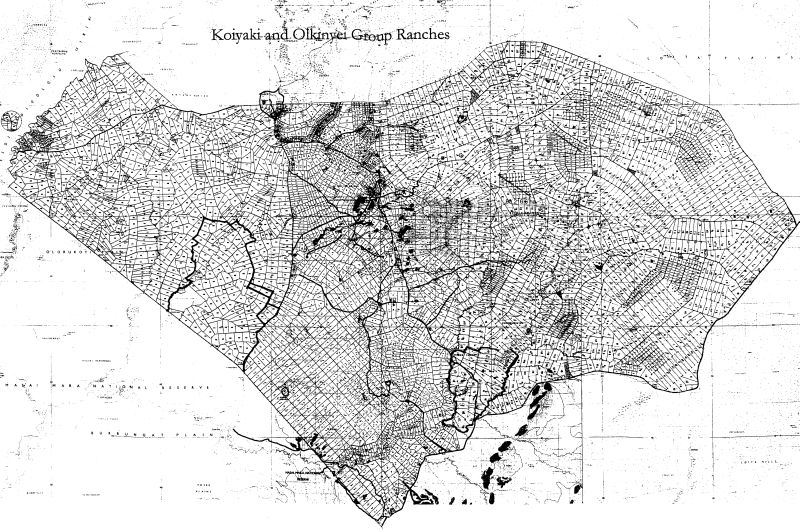
Map showing how the increase in human population has fragmented the area beside the Maasai Mara National Reserve with sub-division into many hundreds of small plots. Outside of the Mara Conservancies this is now quickly being lost as natural habitat for wild animals and is being given over to human dwellings, fenced off as farm land and used for more intensive domestic livestock rearing.
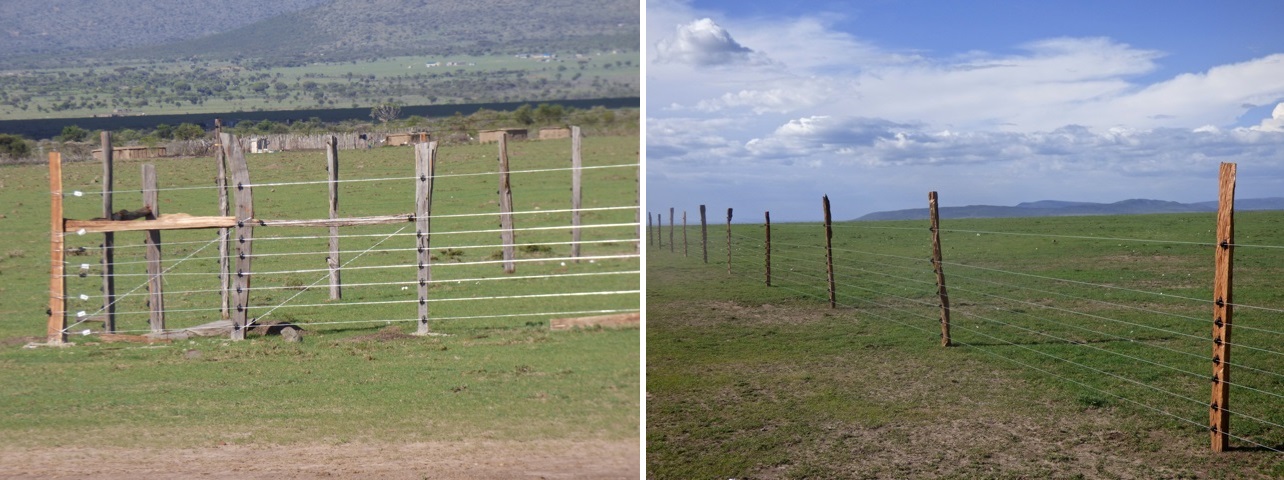
The sub-division of land has increased the number of fences going up in the areas outside the Mara Conservancies and these are excluding wildlife, changing migration patterns and reducing rangeland available for wild animals.
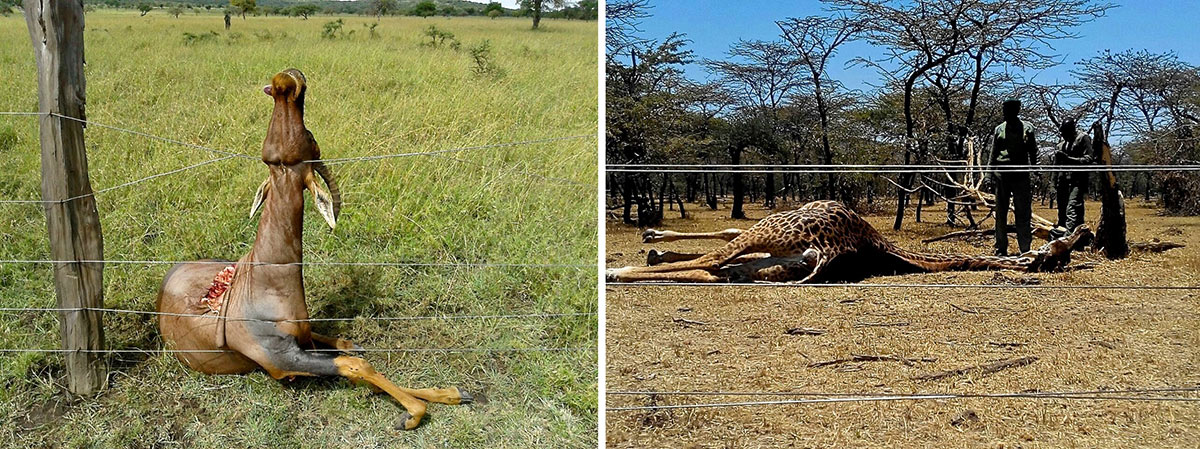
Wildlife killed by fences outside the Conservancies: a Topi antelope strangled by a wire fence and a Giraffe killed by falling over a fence.
The Conservancy Concept and How it Supports Wildlife & Local People
As mentioned, our mission has been to create more space for wildlife by working with local communities to expand the area of wildlife habitat beyond the parks by establishing wildlife conservancies on land leased from local people. Our objective is to make more space available for wildlife and to reverse the loss of habitat so that a larger area is preserved in which the wild animals can live safely in their natural environment.
We aim to make it worthwhile for people in the communities adjacent to the parks to have their land used for conservation by generating incomes for them from the lease payments for their parcels of land and by creating jobs and livelihoods for their family members in eco-tourism and wildlife conservation as well as supporting various community projects.
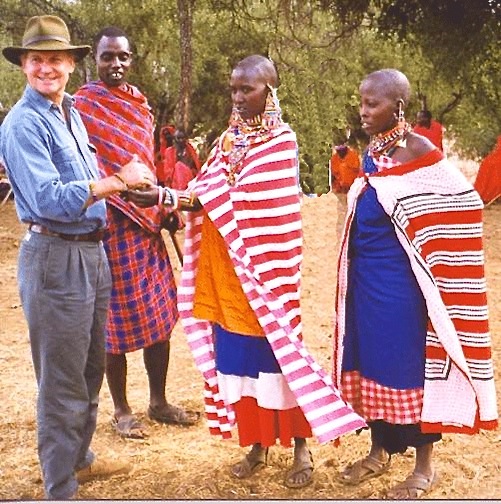
Jake Grieves-Cook and members of the Maasai community at Selenkay when the conservancy was first started there over 20 years ago.
We started over twenty years ago at Selenkay Conservancy in the Amboseli eco-system and then introduced the concept of leasing land to form wildlife conservancies in the Mara eco-system, beginning at Ol Kinyei Conservancy which was followed by Olare Orok, Motorogi and Naboisho conservancies.
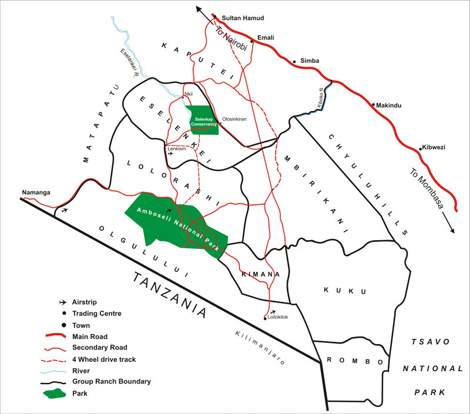
Map of the Amboseli Eco-System including Selenkay Conservancy
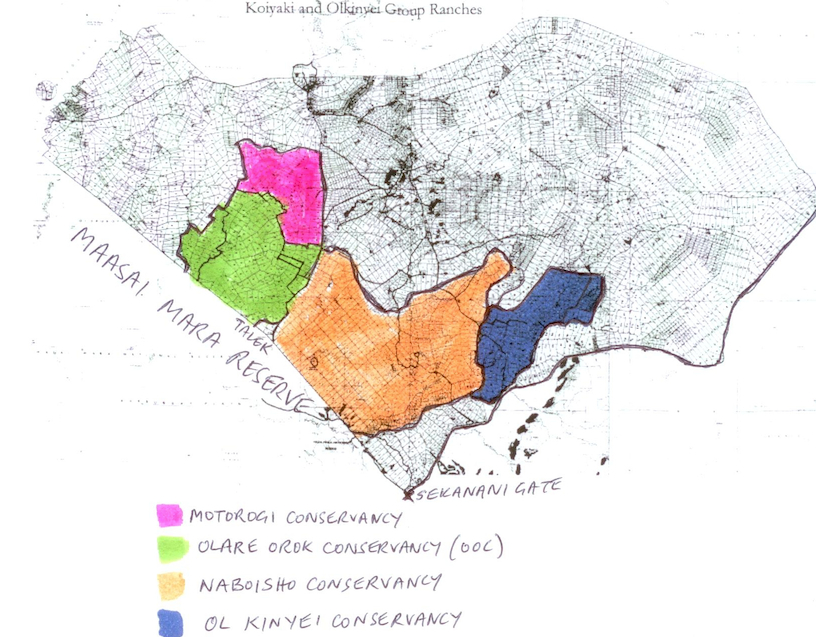
Large Conservancies have been created by leasing land from the Maasai people who receive a regular income for their land as well as income from jobs created within the Conservancies as Wardens and Rangers and as the staff in the Safari Camps catering for tourist visitors.
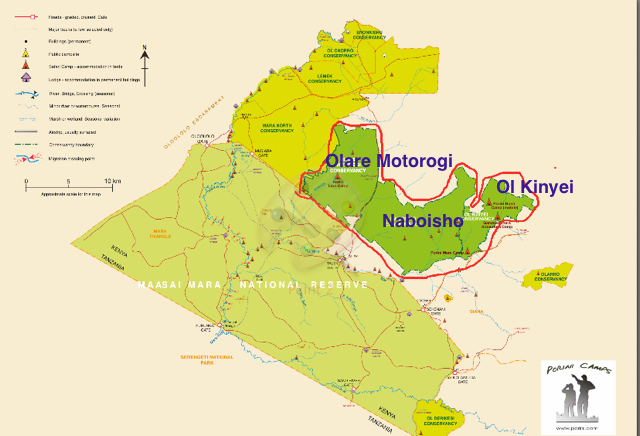
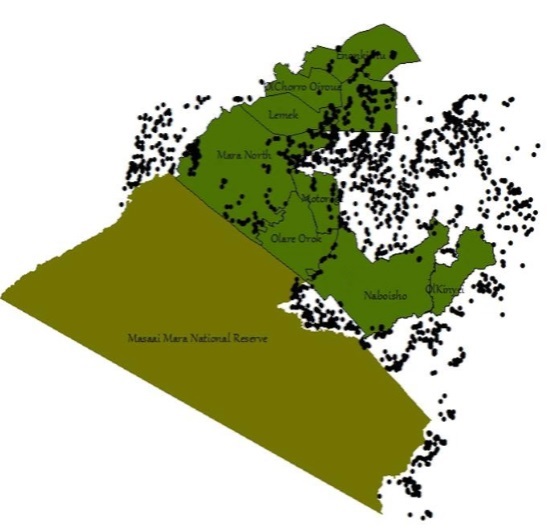
Map showing human habitation: people and livestock are settled on the land beyond the Mara Conservancies leaving the land within the Conservancies to revert back to its natural state, expanding the area of habitat for wildlife beyond the Maasai Mara National Reserve.
How the Future of Conservancies (and Kenya’s Wildlife) relies on Tourism
The costs of leasing the land and paying for the conservancies’ management expenses (wardens, rangers, waterholes for wildlife, viewing tracks etc) is borne entirely by us and is an extra overhead of more than US$1 million a year which is a huge amount for a safari company such as ours to fund every year. We pay for this with the income from tourism to our small eco-camps and by coming to stay with us, visitors are helping to support the conservancies which have been so successful in creating safe havens for wildlife.
In this brief video clip I give details of our conservation mission and how dependent we are on tourism:
If you are thinking about coming out on safari then please consider choosing a safari staying at our Porini Camps in the Conservancies in Kenya.
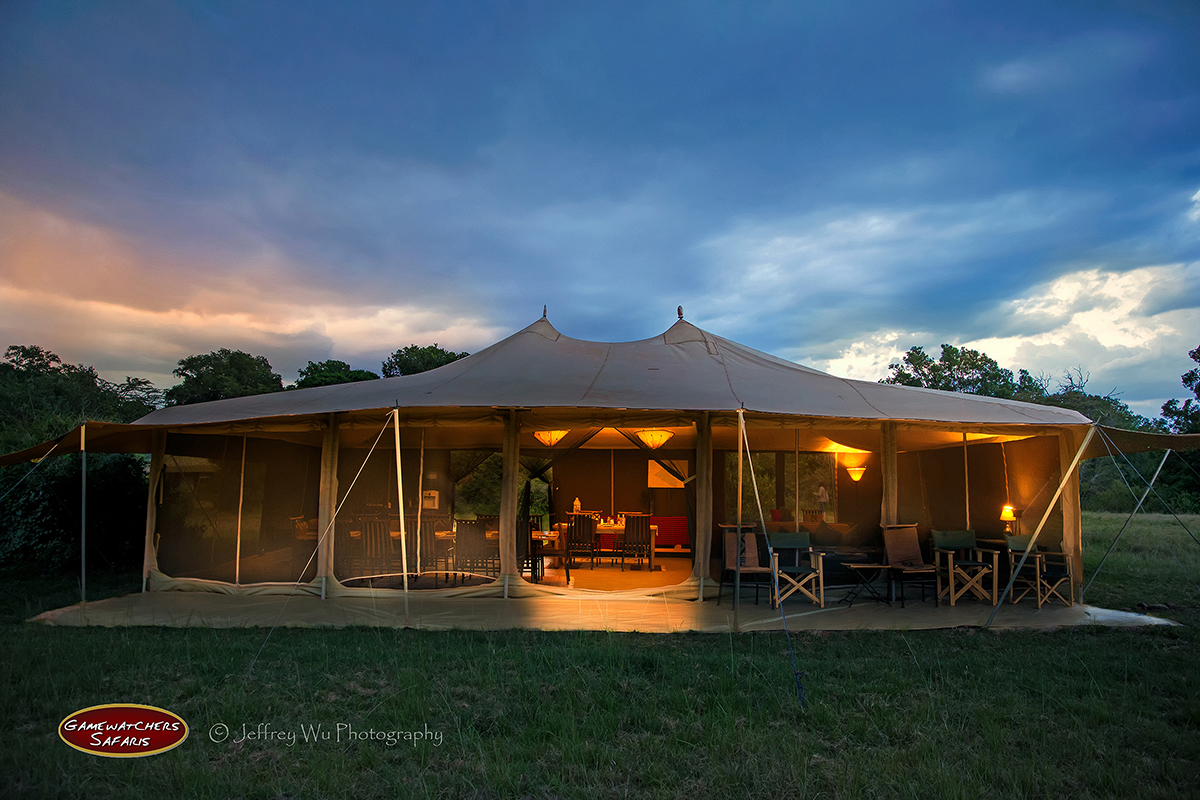
Our Porini Camps are genuine eco-camps and our aim has always been to provide a safe and comfortable camping experience in unspoilt wilderness within community-owned conservancies located away from the over-crowded tourist areas.
Our emphasis has been on working closely with the local Maasai communities who help in running the camps and conservancies and to have high quality guiding using open-sided 4x4s for a more authentic safari experience.
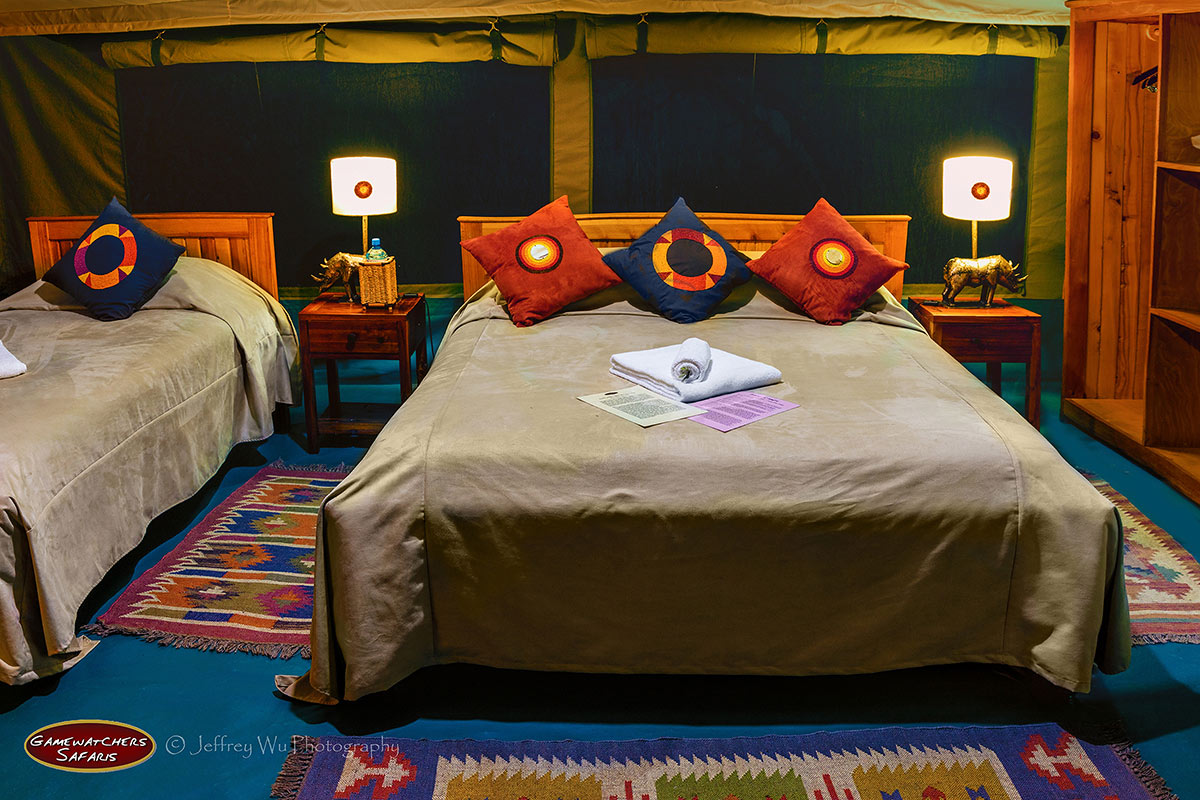
Guest Tent Interior – Porini Rhino Camp
We do not claim that our eco-camps are luxurious but they are certainly meant to be comfortable and staying with us gives our guests a more exclusive and intimate safari experience than the big tourist lodges, while at the same time helping to pay for the conservancies to continue providing a protected habitat for wildlife.
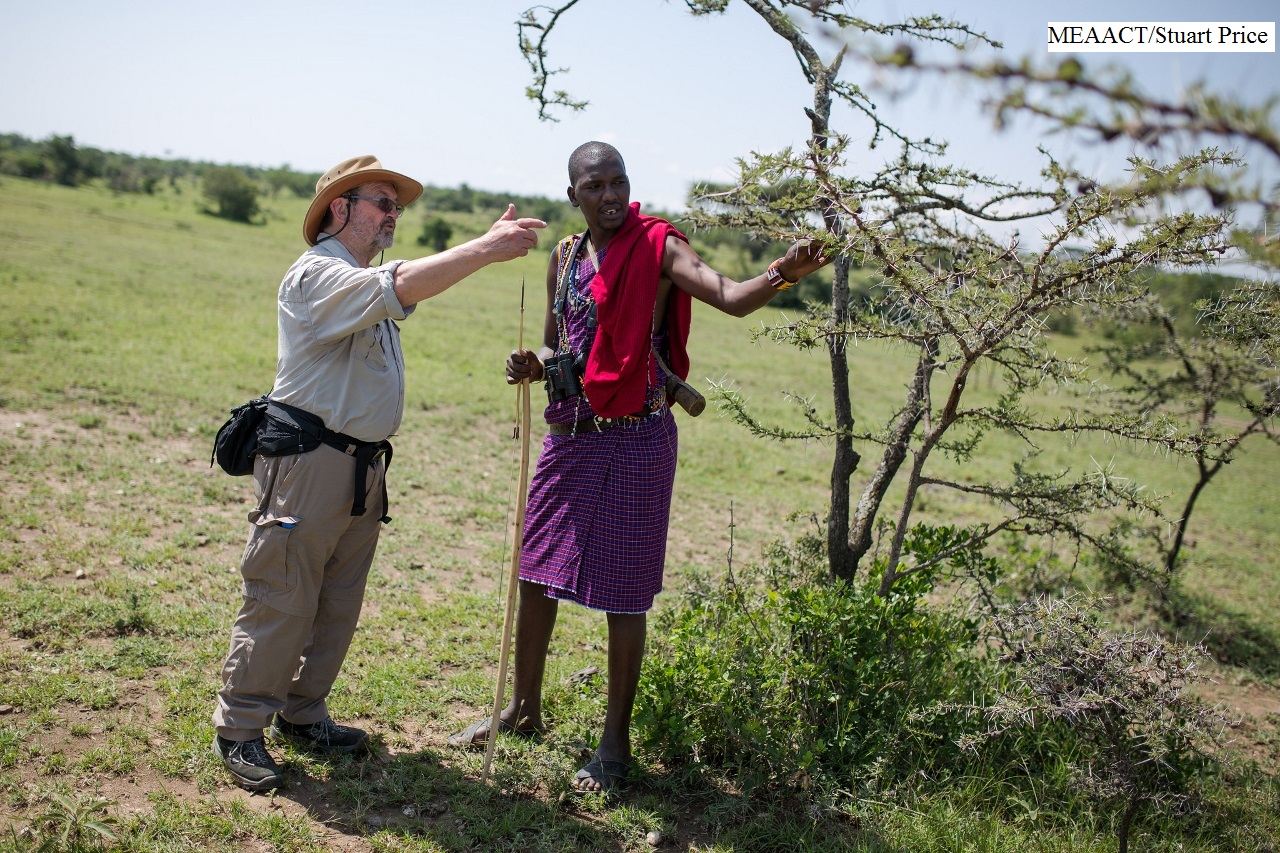
Porini Camps include guided nature walks with Maasai warriors to get up close to the flora and fauna and learn about Maasai ways of life
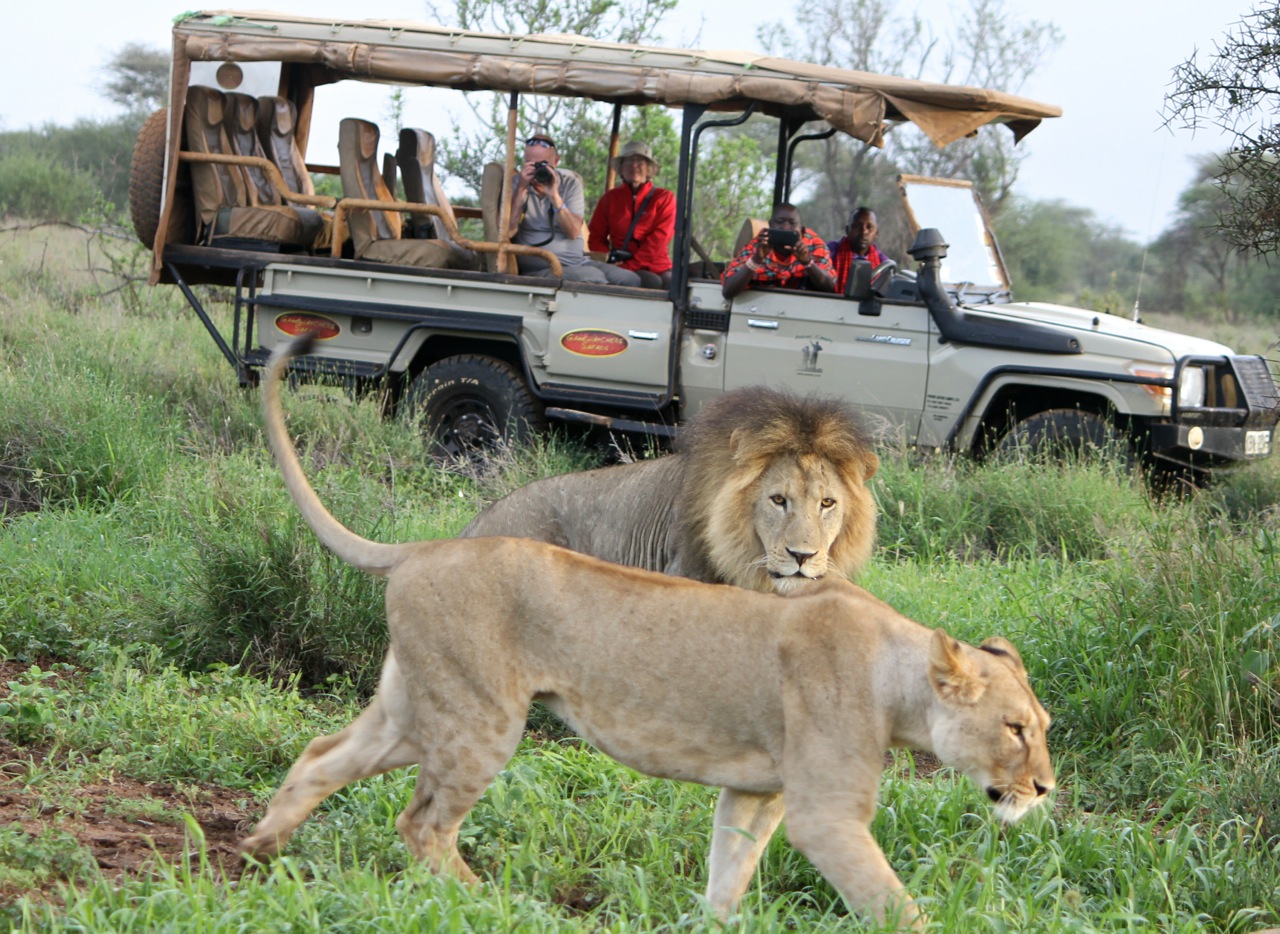
Day & night game drives are in custom-built open-sided 4×4 vehicles with expert guides and trackers

Our community outreach projects include donations towards school fees and equipment and the employment of local community members as rangers to protect the widlife.

We also help in obtaining funds for the training of Maasai students at a local Guiding School, and we assist in securing funds to strengthen livestock enclosures for farmers (to reduce incidents of wild animals attacking their livestock) as this in turn helps stop any retaliation ogainst the wild animals by villagers.
As so many people rely on TripAdvisor reviews when choosing where to stay, you may wish to read the reviews of our camps written by recent guests who stayed with us. Click on the links below to read a review:
It is tourism that pays for the conservancies to continue in existence so if you come out for a safari staying in our camps in the conservancies then that will definitely be a big help for conservation and for the communities who have set aside their land as a home for wildlife.
If our Conservancy concept is of interest then more details can be seen in this blog on our website:
https://www.porini.com/blog/the-conservancy-concept/
Further articles are listed on our website here:
https://www.porini.com/about-us/news-articles/
If you have any questions or if you would be interested in more information on the conservancies or if you would like to let me have your comments then I will be very pleased to hear from you by email (jake@gamewatchers.co.ke) . If you feel positive about what we are doing then please help us spread the word to encourage more visitors to come out on safari to Kenya to assure the future of our “conservancy concept” or better still, come out and see for yourself!
Details of our latest special offer for safaris to the Porini Camps may be seen here, with prices starting from under $390 per person per night all-inclusive later this year:
https://www.porini.com/special-offers/porini-safari-camps-bargain-prices-for-6-night-safaris/
Thanks for your interest and I hope we may have the chance to welcome you on a safari soon!
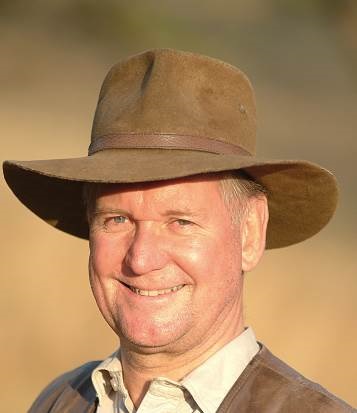
With very best wishes,
Jake Grieves-Cook
Founder
Gamewatchers Safaris & Porini Camps
on Monday 01st July 2019 at 02:45



